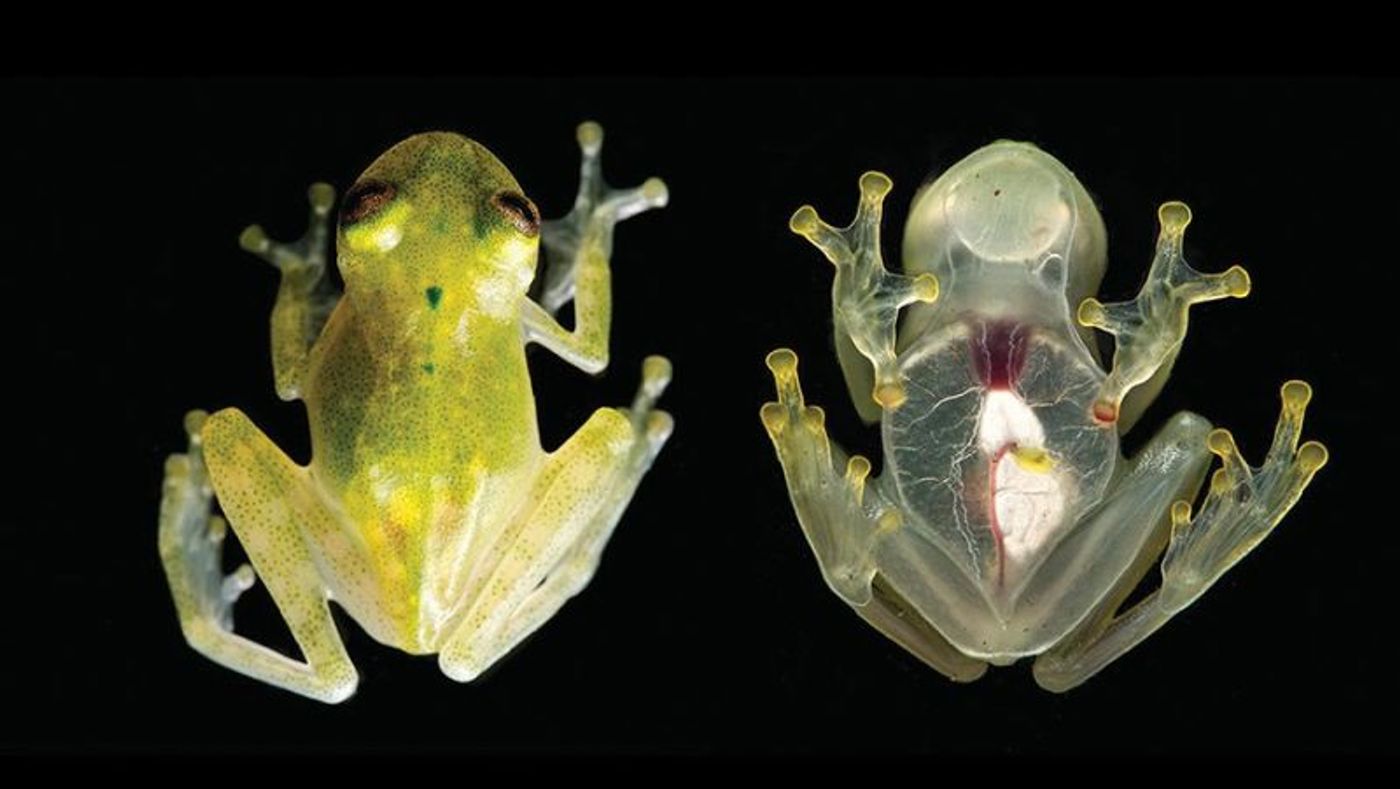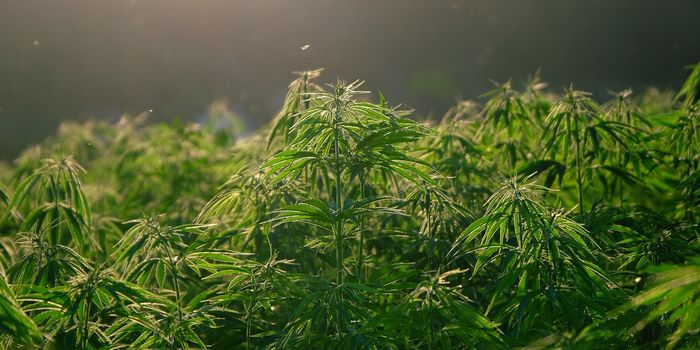New Frog Species is So Transparent You Can See All of its Internal Organs
When you think of frogs, the color green probably comes to mind. So too do the variety of bright floral colors that you sometimes see in tree frogs. On the other hand, researchers have recently identified a new frog species with a color you wouldn’t expect.
As noted in a new entry in the journal ZooKeys, a researcher by the name of Juan M. Guayasamin from the Universidad San Francisco de Quito in Ecuador found a new species of 0.8-inch-long glassfrog that's so transparent you can see all of its internal organs from its underbelly.
Image Credit: L. A. Coloma
While there are other species of glassfrog in the world that exhibit similar see-through characteristics, the new species, dubbed Hyalinobatrachium yaku, is a special case in and of itself because most typical glassfrogs only have semi-transparent bellies, while the new species has a fully transparent underside; and by that, we mean you can see literally everything.
Related: Meet the world's first-known fluorescent frog
Discovered in three different locations within a 65-mile radius in the Amazonian lowlands of Ecuador, H. yaku has has a green backside with darker green dots appearing scattered throughout random places on the backside of the head and back.
Only the underside of the frog is transparent, but it's more transparent than any other known glassfrog to date. Thanks to this, you can see its heart and skull, among other things. The extra transparency sets it apart from the rest of the glassfrog family, making it quite a distinct and unique discovery in the wild.
Related: The secret behind a frog's sticky tongue
Why exactly glassfrogs have transparent undersides continues to be a mystery, but it’s not exactly a trait that queasy folk will be comfortable with seeing.
H. yaku is unfortunately about to face some very real complications in the Ecuadorian region as the country ramps up construction of roads and begins drilling for oil. These disruptions could threaten the creature’s existence as it tears down and degrades their natural habitat.
The scientific community is already urging the Ecuadorian government to take a stance against degrading their natural habitat by considering alternatives that won't take such a negative toll on animal conservation, but whether or not they'll be successful remains to be seen.
Related: How this Amazonian frog protects itself from leaf-cutter ants
For now, it appears this already-ellusive glassfrog species may only become more ellusive as time goes by.
Source: Popular Science









